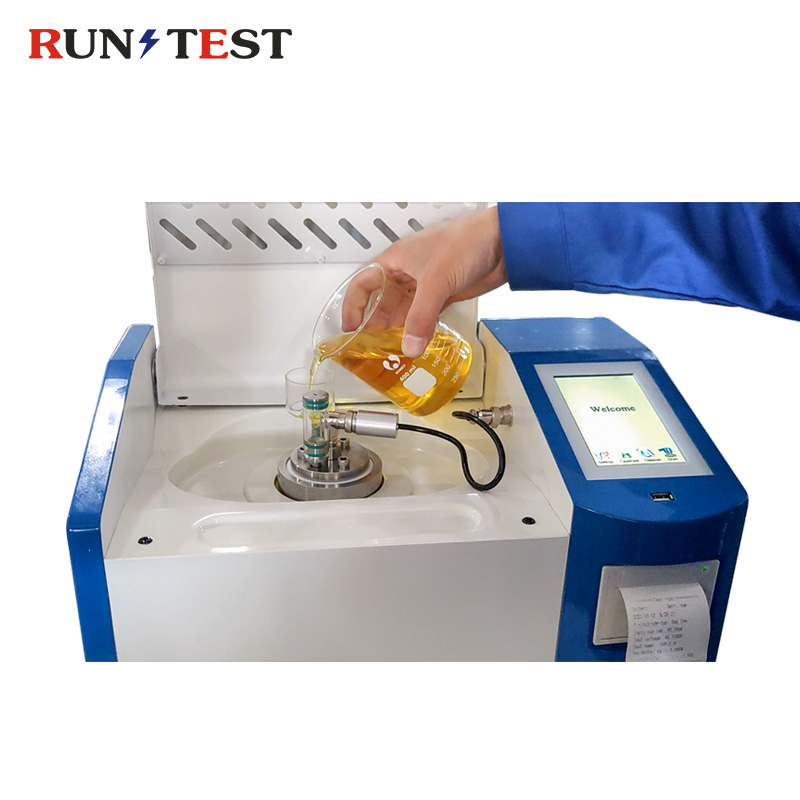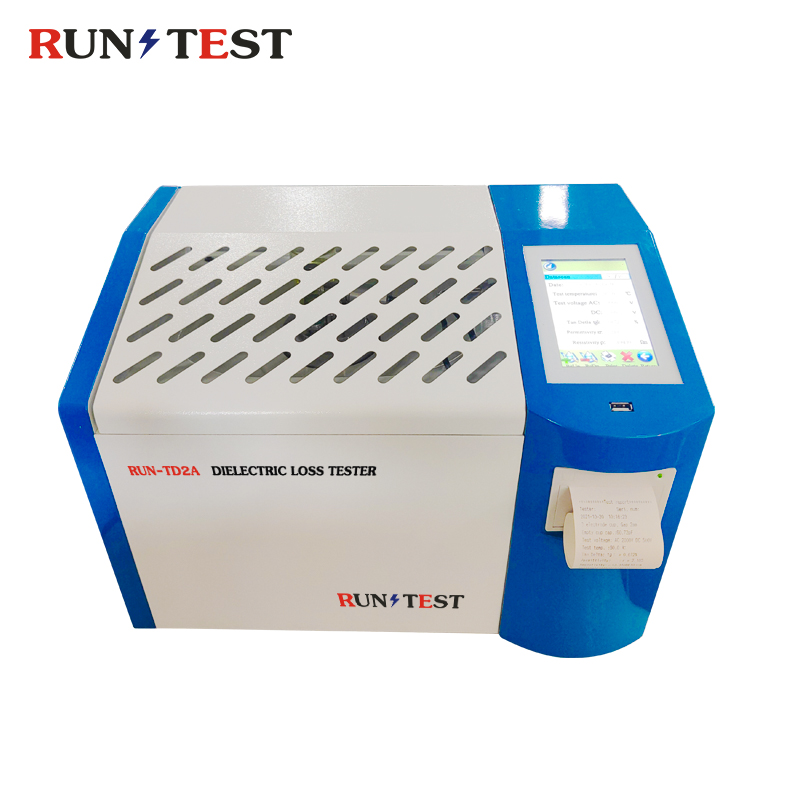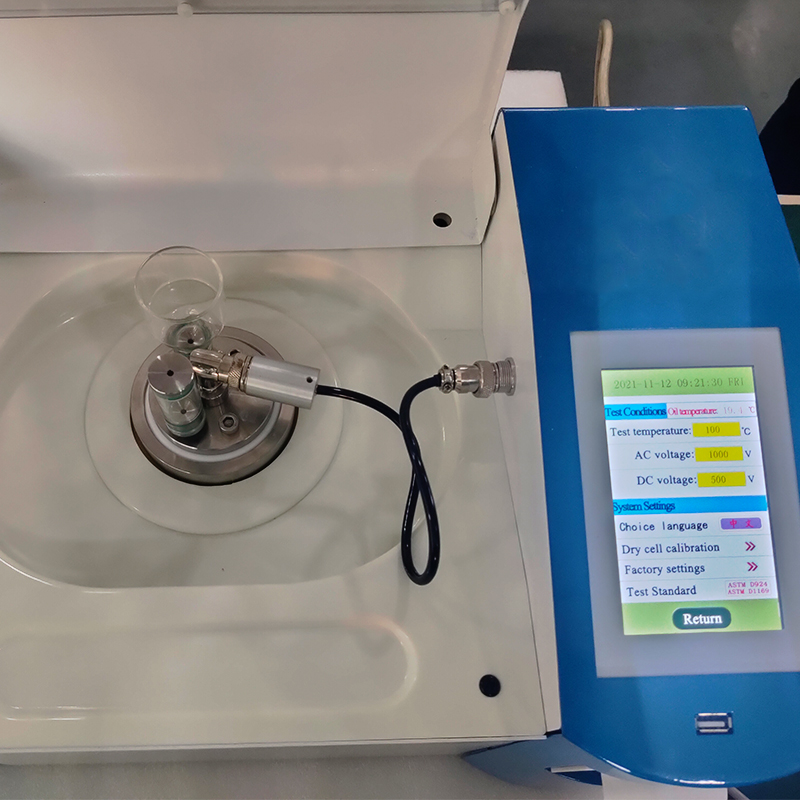Testeur automatique de perte diélectrique de transformateur Testeur de dissipation de capacité Tan Delta
Oil Tan Delta Dielectric Loss Resistivity Testers Oil Tan Delta Tester for Insulating Oil
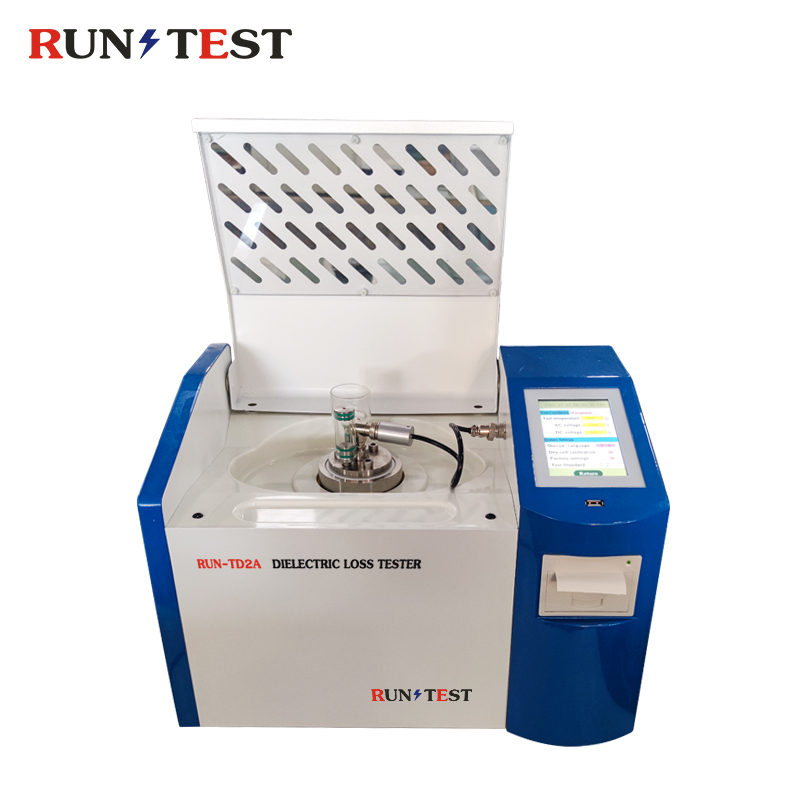
Specification of this Oil Dielectric Loss Tester
| Power source voltage | AC 220V±10% |
| Fréquence d'alimentation | 50Hz/60Hz ±1% |
| Plage de mesure | Capacité 5pF~200pF |
| Permittivité relative 1.000~30.000 | |
| Facteur de perte diélectrique 0.00001~100 | |
| Résistivité DC 2,5 MΩm~20 TΩm | |
| Précision de la mesure | Capacité ± (lecture 1% + 0,5pF) |
| Relative permittivity ±1% of reading | |
| Dielectric loss factor ± (1% reading + 0.0001) | |
| Résistivité DC ±10% de la lecture | |
| Meilleure résolution | Capacité 0,01pF |
| Permittivité relative 0,001 | |
| Facteur de perte diélectrique 0,00001 | |
| Plage de mesure de la température | 0~120℃ |
| Erreur de mesure de la température | ±0.5℃ |
| Tension d'essai AC | 500~2000V continuously adjustable, frequency 50Hz |
| Tension d'essai DC | 300~500V continuously adjustable |
| Consommation de travail | 100W |
| Dimension | 500×360×420 |
| Poids | 22Kg |
|
Température de fonctionnement |
0℃~40℃ |
|
Humidité relative |
<75% |
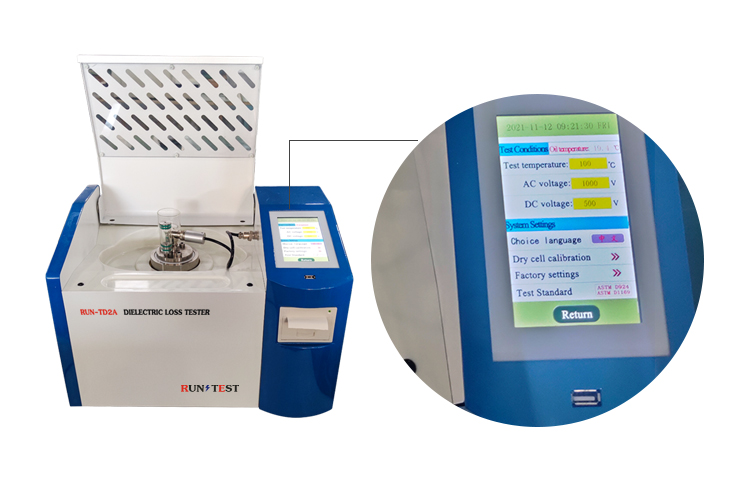
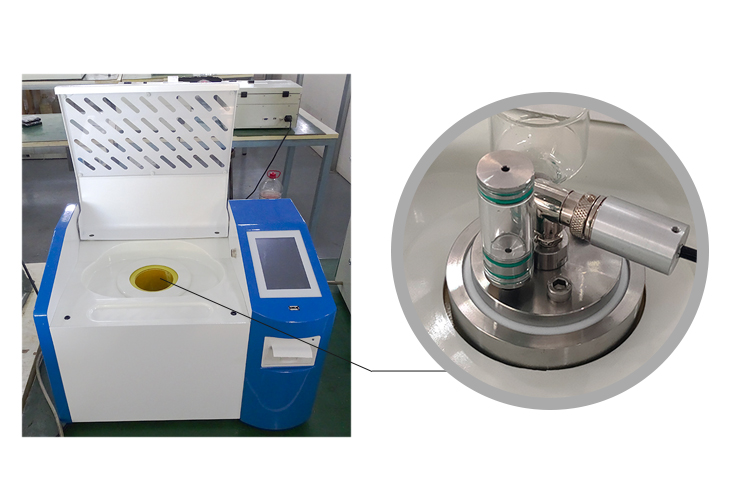
Features about the Insulating Oil Tan Delta Tester
The Tester is in our Test Delta Oil Tan Programme.
1.The oil cup adopts a three-electrode structure with 2mm inter-electrode space, which can eliminate the influence of stray capacitance and leakage on the dielectric loss test results.
2.The instrument adopts intermediate frequency induction heating and PID temperature control algorithm. This heating method has the advantages of non-contact between the oil cup and the heating body, uniform heating, fast speed, convenient control, etc., so that the temperature is strictly controlled within the preset temperature error range.
3.The internal standard capacitor is an SF gas-filled three-electrode capacitor. The dielectric loss and capacitance of the capacitor are not affected by ambient temperature, humidity, etc., so that the accuracy of the instrument can still be guaranteed after long-term use.
4.The AC test power supply adopts the AC-DC-AC conversion method, which effectively avoids the influence of the mains voltage and frequency fluctuation on the accuracy of the dielectric loss test.
5. Perfect protection function. When there is over-voltage, over-current, or high-voltage short circuit, the instrument can quickly cut off the high-voltage and issue a warning message. When the temperature sensor fails or is not connected, a warning message will be issued. There is a temperature limit relay in the intermediate frequency induction heating furnace. When the temperature exceeds 120°C, the relay is released and the heating stops.
6.Convenient setting of test parameters. The temperature setting range is 0~120℃, the AC voltage setting range is 500~2000V, and the DC voltage setting range is 300~500W.
7.Large-screen LCD display with backlight and clear display. And automatically store and print the test results.
8.With real-time clock, the test date and time can be saved, displayed, and printed along with the test results.
9.Empty electrode cup calibration function. Measure the capacitance and dielectric loss factor of the empty electrode cup to determine the cleaning and assembly status of the empty electrode cup. The calibration data is automatically saved to facilitate accurate calculation of relative permittivity and DC resistivity.


